Do your generators malfunction from time to time? As they age, generators are bound to have performance issues occasionally. Therefore, it’s always wise to keep some diagnostic tools handy to test your generator’s health.
Technicians and engineers use various electrical or electronic diagnostic tools to diagnose and troubleshoot industrial generators whenever they show signs of problems. These include hand-held devices such as multimeters, megohmmeters, and clamp-on ammeters.
With technological advancements, several testing solutions have come to the fore that allow remote online monitoring and repairing of generators.
This guide will discuss the various generator tools (hand-held and software solutions) available for testing industrial generators so they can serve as an effective emergency backup power source.
Note: We suggest that only a trained technician or a licensed electrician use these tools to avoid mishaps and accidents.
Table of Contents
Hand-Held Diagnostic Tools for Testing Industrial Generators
Below are the popular hand-held meters used for testing your generator’s output.
Multimeter
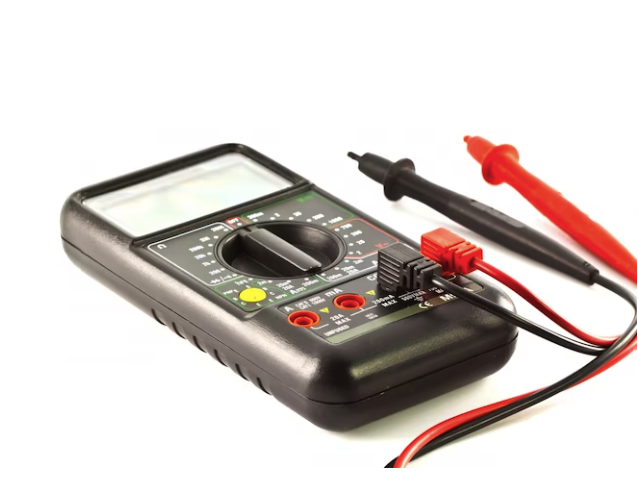
A multimeter is a hand-held tool that measures electric properties like voltage, resistance, and current. Technicians and engineers use this tool daily to check for opens, shorts, and grounds in a circuit.
Earlier, multimeters were analog, with a needle that moved across a scale to give measurements. Today, the meter is digital and comes with numerous multifunctional capabilities.
Conducting voltage tests with multimeters is quite easy, as isolating the circuit is unnecessary. But running an amperage test can be tricky. Here, the circuit must be routed through the multimeter.
For resistance testing, the conductors and coils must be disconnected from the circuit. It allows for an accurate reading.
Many accessories and adaptors are available for multimeters that increase the meter’s capacity. Some examples are:
- Clamp-on Current Transformer – It provides a standard multimeter with clamp meter capability.
- Inductive Pick-Up/External Trigger – This add-on allows the technician to measure Revolution Per Minute (RPM).
- Pressure Vacuum Module – This module adds digital vacuum and pressure reading capabilities to the multimeter.
- Integrated Temperature Probe – Multimeters can measure temperatures with this add-on.
Safety Tip: Keep away from touching the voltage regulator during the tests. It could cause an electric shock without warning.
Clamp-On Ammeter
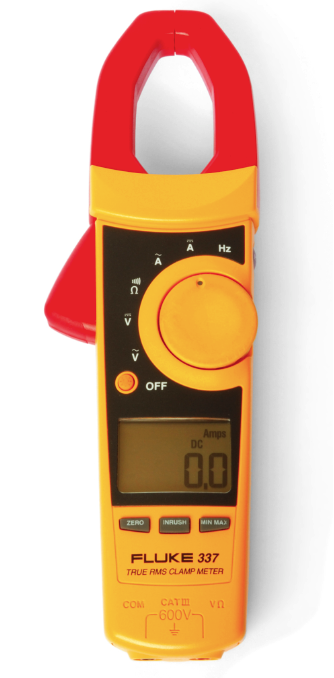
A clamp-on ammeter, or a clamp meter, is a generator diagnostic instrument that provides non-contact measurement. The device gets its name from its wide iron jaws that clamp around the exterior of the conductor.
When electric current flows through the conductor, the current transformer (in AC ammeters) or hall-effect sensors (in DC ammeters) translates the magnetic field fluctuation or voltage into an amperage reading.
Clamp-on ammeters can measure several generator properties, such as resistance, continuity, capacitance, ac voltage, dc voltage, etc.
Like multimeters, clamp-on ammeters have also evolved through the years. Today’s digital ammeters can safely and accurately measure various generator properties under varying conditions.
Clamp-on ammeters are mainly used to diagnose industrial equipment, industrial controls, electrical systems, and commercial HVAC. They aid in generator overhauling, troubleshooting installation problems, performing final circuit tests, and conducting effective portable generator maintenance.
Megohmmeter
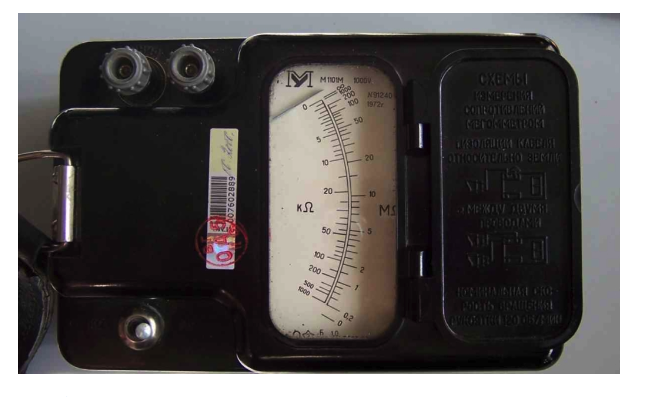
A megohmmeter displaying a measuring scale and the analog needle
A megohmmeter is a special kind of tool specially designed to measure the electric resistance of insulators. Hence, it is also known as an insulation resistance tester.
Technicians and engineers regularly use megohmmeters because they provide a quick and easy way to identify insulation conditions on wires, generators, and motor windings.
The megohmmeter passes high voltage low amperage through a wire or a coil. As a general rule, insulation reading should be over one mega ohm for every 1000 volts of operating voltage.
A reading below that shows a lousy insulation condition. It indicates the need to either perform maintenance or replace alternators.
Industrial Generator Monitoring and Diagnostic Technology
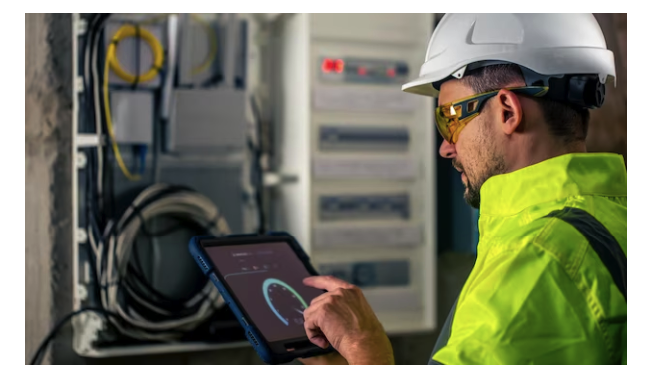
An electrical technician working in a switchboard with fuses using a tablet
Successful generator maintenance means proactively preventing unplanned downtime and failure. It requires periodic follow-up of the critical components and more accurate inspection of the generator’s output than provided by standard hand-held devices.
Modern generator monitoring and diagnostic technologies make this possible with their smart remote monitoring capabilities. Their remote monitoring solutions offer several benefits and make diagnosis and maintenance easier, faster, and safer for your team.
Below are some modern diagnostic technologies to check out.
Generator Health Monitoring System
Generator Health Monitoring Syatem, or GHM, is an integrated, modular, online, remote monitoring system. It consists of various modules that allow periodic or continuous assessment and early identification of evolving issues.
The modules are available for any type of generator.
GHM enables companies to implement a cost-effective, condition-based generator maintenance strategy to increase a power plant’s reliability and availability. With it, companies can extend their generator’s lifetime while planning better for outages.
Generator Health Advisor
Generator Health Advisor or GHA assesses and reports the condition of your generator so you can plan ahead for the next outage. The intelligent platform possesses expert knowledge to process all inputs and detect key issues in generator components.
GHA can be applied on OEM and other generators to diagnose issues such as the risk of winding or insulation failures. It is an excellent tool that enables condition-based maintenance and facilitates increased safety and productivity through rotor-in inspection.
Robotic Inspections
Like GHAs, robotic generator inspection also helps save downtime through rotor-in inspection. It tests critical generator components by sending probes through air gaps while retaining the ring scanner.
The robots slide into the gap between the rotor and stator and record a video of the stator bore surface and robotic body surface. The videos are examined to detect signs of deterioration, contamination, or delamination of core packets.
The robots also detect stator-core short circuits, saving companies money on expensive, time-consuming repairs. Further, they also scan retaining wings for stress corrosion cracking on the inner and outer surfaces.
PULSAR Stator Core Testing System
Technicians carry out stator core tests as routine tests during the rotor-out inspection. They use standard testing methods such as ELCID and HVRF. These tests, however, take a long time to carry out.
Plus, technicians face safety hazards during such tests, and sometimes accurate data is unavailable to detect defects.
Testing with PULSAR can be an effective solution to this problem. It offers data accuracy, consumes less power than high-voltage tests, and ensures fewer environmental, health, and safety hazards.
Plus, the test can be conducted in less than five hours, saving critical path outage time.
Final Words
So these are the basic tools used to diagnose and troubleshoot industrial generators so they can run at maximum capacity. They’re essential for the regular maintenance of generators and come in handy during emergencies caused by generator malfunction.
However, for complete testing and repairing of generators, it is best to seek the service of trained professionals.
Swift Equipment has an expert team of technicians adept at generator testing and maintenance. With our specialist knowledge and the right tools, we will help you enhance the life span of your commercial generators.
Contact us today to learn more!
FAQs about Testing tool for Industrial Generator
-
How often should you test your generator?
The National Fire Protection Agency (NFPA) recommends all non-missional critical generators be tested at least once a month for thirty minutes for 30% to 50% of their maximum load. The diesel generators in critical situations can be tested more frequently, depending on industrial regulations and individual requirements.
-
What tools do you need to work on generators?
A multimeter, clamp-on ammeter, and megohmmeter can be used as diagnostic tools when determining the reliability or efficiency of an engine or generator.
You can also use modern technology solutions to diagnose generators remotely and with better accuracy than hand-held devices.
-
How do you check the voltage on a generator with a multimeter?
To check the voltage on a generator, plug the red cable into the red socket of the voltmeter and place the metal tip at the other end of the cable inside a power supply plug. A generator may use varying outlets for output for different voltage levels.
-
What is the function of a multimeter as a diagnostic tool?
Technicians can use a multimeter to measure voltage (volt), current (amp), and resistance (ohm) in a single test. The diagnostic tool can help identify and improve various technical issues involving electronics and electrical appliances.
-
How do I know if my generator is bad?
If your generator shows the following signs and symptoms, it has probably gone bad and needs repairing:
- You experience start-up delays, i.e., the generator takes some time to start
- Visible signs of damage, such as frayed wires and corrosion.
- The generator starts but doesn’t produce electricity
- The generator gives out a strange smell
- The generator makes funny noises
- You notice a drop in generator performance
-
What tasks should your industrial generator maintenance cover?
While there are many tasks to complete during a maintenance inspection, it should at least cover the following:
- Filter inspection
- Oil change
- Fuel level check
- Cooling system check
- Belt inspection
- Battery check
- Replacement of worn parts

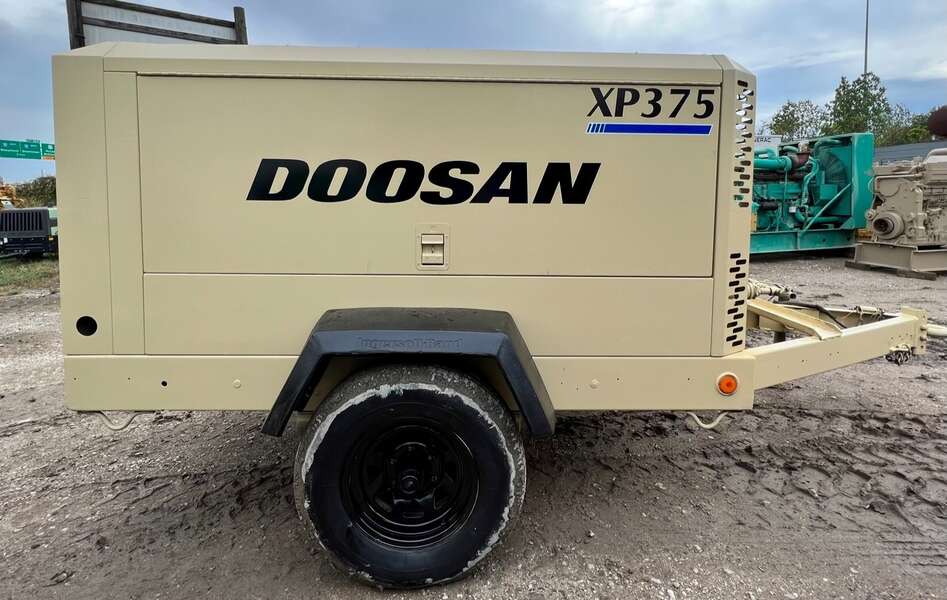

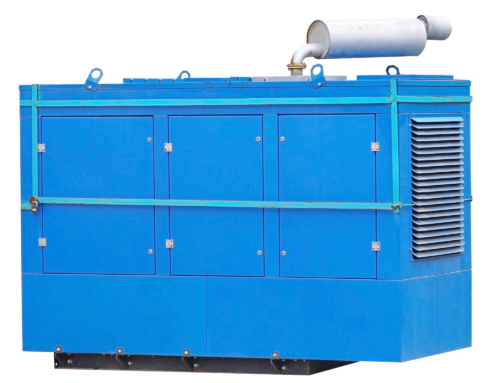

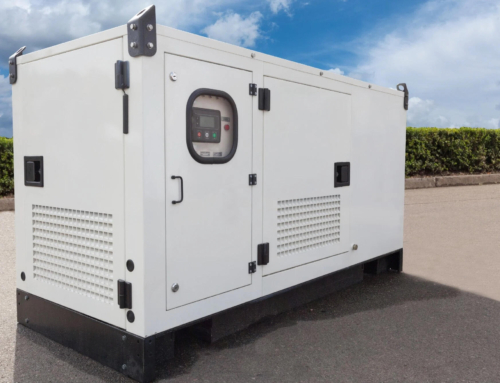
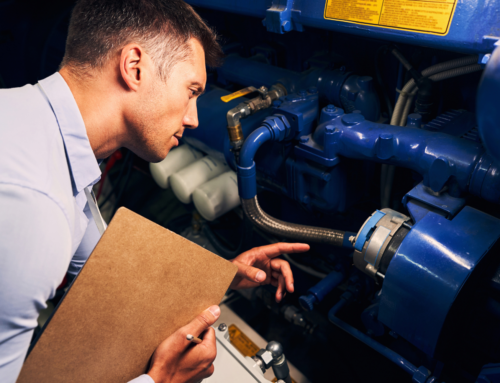

Leave A Comment